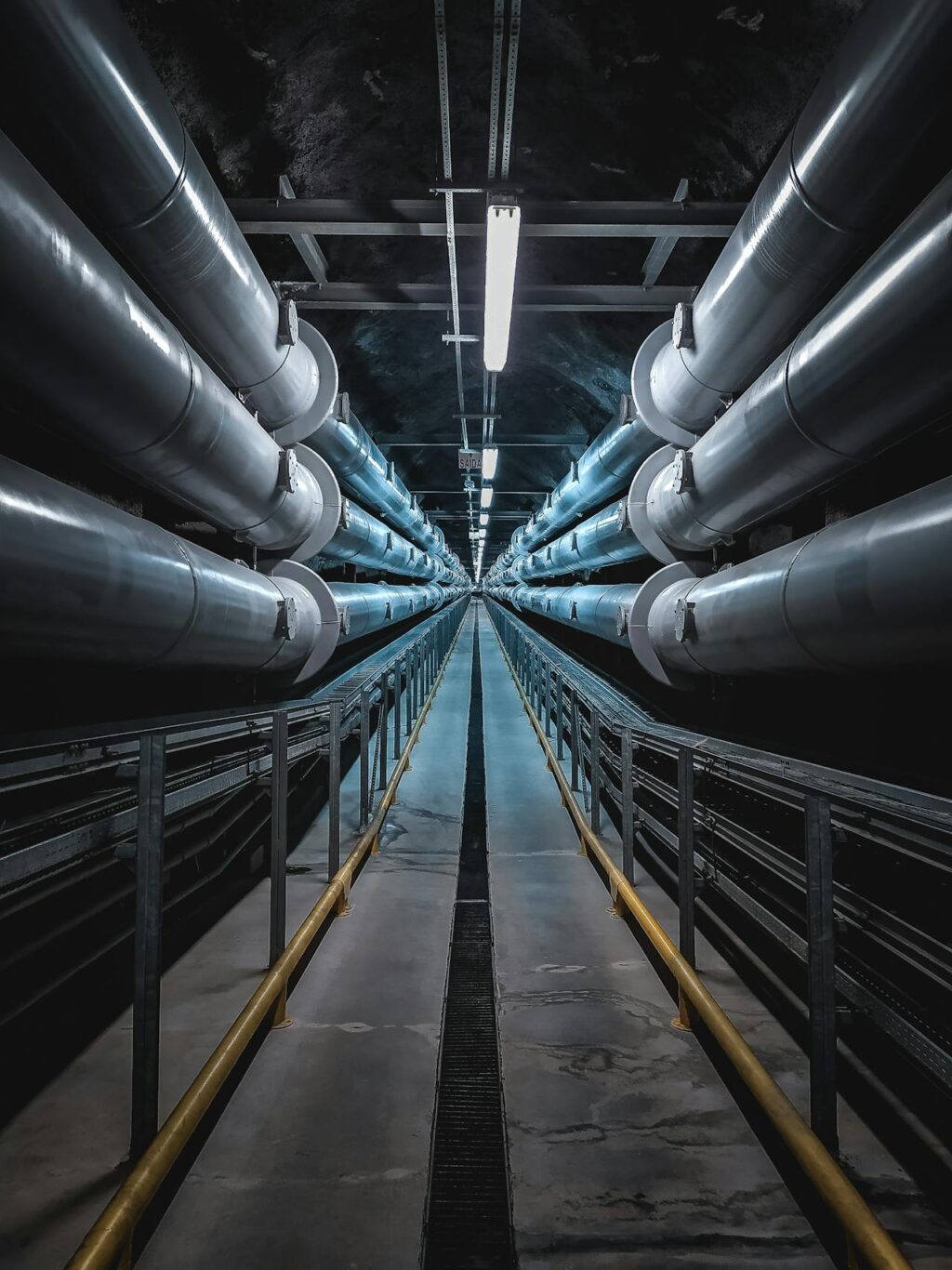
Slurry pumps are essential in various industries, including mining, construction, and waste management. These pumps handle abrasive and corrosive slurries, making them susceptible to wear and tear. Proper maintenance is crucial to ensure the longevity and efficiency of your slurry pumps UK. This guide will walk you through the key steps to maintain your slurry pumps and keep them running smoothly.
1. Understand the Importance of Regular Maintenance
Slurry pumps are designed to handle tough materials, but they require regular maintenance to perform optimally. Neglecting maintenance can lead to increased downtime, higher repair costs, and reduced pump efficiency. Regular inspections and maintenance routines help identify potential issues before they become major problems, ensuring that your operations continue smoothly without unnecessary interruptions.
Key Benefits of Regular Maintenance:
Extended Equipment Life:
Regular maintenance can significantly extend the life of your slurry pumps by preventing wear and tear.
Reduced Downtime:
Identifying and addressing issues early can prevent unexpected breakdowns and costly downtime.
Improved Efficiency:
Well-maintained pumps operate more efficiently, saving energy and reducing operational costs.
2. Conduct Regular Inspections
Routine inspections are the cornerstone of effective slurry pump maintenance. These inspections should be performed daily, weekly, and monthly, depending on the usage and operating conditions of the pumps.
Daily Inspections:
Check for Leaks:
Inspect the pump and surrounding areas for any signs of leakage. Leaks can indicate worn seals, gaskets, or other components that need attention.
Monitor Noise Levels:
Unusual noises, such as grinding or knocking, can indicate issues with bearings, impellers, or other internal components.
Inspect Couplings and Belts:
Ensure that couplings and belts are tight and free of cracks or wear.
Weekly Inspections:
Check Lubrication Levels:
Ensure that bearings and other moving parts are adequately lubricated. Replace or top up lubrication as necessary.
Inspect Impellers:
Check the impeller for signs of wear, such as erosion, pitting, or cracking. Worn impellers can reduce pump efficiency and should be replaced promptly.
Monthly Inspections:
Examine the Motor:
Inspect the motor for any signs of overheating, unusual vibrations, or other issues that could indicate a problem.
Check the Pump’s Alignment:
Misalignment can cause excessive wear on components and reduce the pump’s efficiency. Use alignment tools to ensure that the pump and motor are correctly aligned.
Inspect the Wear Parts:
Examine wear plates, liners, and other components that are prone to wear. Replace them as needed to maintain optimal pump performance.
3. Prioritize Proper Lubrication
Lubrication is critical for the smooth operation of slurry pumps. Proper lubrication reduces friction, minimizes wear, and prevents overheating. Depending on the type of pump and the operating conditions, different types of lubricants may be required.
Tips for Proper Lubrication:
Follow Manufacturer’s Guidelines:
Always use the type and amount of lubricant recommended by the pump manufacturer.
Monitor Lubrication Levels:
Regularly check the lubrication levels and top up as needed. Over-lubrication can be as harmful as under-lubrication, so it’s important to maintain the correct levels.
Use Automatic Lubrication Systems:
In high-demand environments, consider installing automatic lubrication systems to ensure consistent and accurate lubrication.
4. Manage Wear and Tear on Components
Slurry pumps are subject to significant wear and tear due to the abrasive nature of the materials they handle. Key components like impellers, liners, and seals are particularly vulnerable. Regular monitoring and timely replacement of these parts are essential to maintaining pump performance.
Managing Wear on Key Components:
Impellers:
Impellers are constantly in contact with abrasive slurries, making them prone to erosion and wear. Inspect impellers regularly and replace them when signs of wear are evident. Consider using impellers made from wear-resistant materials for extended life.
Liners:
Liners protect the pump casing from wear. Like impellers, they should be inspected regularly and replaced as needed. Selecting liners made from durable materials can help reduce maintenance frequency.
Seals:
Seals prevent leakage and protect the internal components of the pump. Worn seals can lead to leaks, contamination, and decreased pump efficiency. Replace seals as soon as wear is detected to avoid further damage.
5. Monitor Pump Performance and Efficiency
Monitoring the performance and efficiency of your slurry pumps is crucial for identifying potential issues early. Regularly assessing key performance indicators (KPIs) can help you maintain optimal operation and prevent unexpected breakdowns.
Key Performance Indicators to Monitor:
Flow Rate:
A decrease in flow rate can indicate blockages, wear, or other issues affecting the pump’s performance.
Pressure:
Monitor the pump’s discharge pressure. A drop in pressure can signal wear in the impeller or other internal components.
Power Consumption:
Increased power consumption can indicate that the pump is working harder than necessary, possibly due to wear, misalignment, or other issues.
Vibration Levels:
Excessive vibrations can indicate misalignment, imbalance, or worn components. Use vibration analysis tools to monitor and address these issues promptly.
6. Implement a Preventive Maintenance Plan
A preventive maintenance plan is essential for keeping your slurry pumps in top condition. This plan should outline the specific tasks to be performed, the frequency of inspections, and the personnel responsible for each task.
Developing a Preventive Maintenance Plan:
Schedule Regular Inspections:
Create a schedule for daily, weekly, and monthly inspections, ensuring that all critical components are regularly checked.
Document Maintenance Activities:
Keep detailed records of all maintenance activities, including inspections, repairs, and replacements. This documentation can help identify trends and predict when future maintenance may be needed.
Train Personnel:
Ensure that all personnel responsible for maintenance are properly trained and equipped to perform their tasks. Regular training updates can help keep them informed of the latest best practices.
7. Plan for Spare Parts and Repairs
Having a supply of spare parts on hand can significantly reduce downtime in the event of a component failure. Work with your supplier to identify the most critical parts to keep in stock and establish a relationship with a reliable vendor for quick replacements.
Tips for Spare Parts Management:
Identify Critical Parts:
Determine which parts are most likely to wear out or fail and ensure they are readily available.
Establish Reorder Points:
Set reorder points for critical spare parts to ensure that your inventory is always stocked.
Partner with Reliable Suppliers:
Choose suppliers with a proven track record of delivering quality parts on time.
Conclusion
Maintaining your slurry pumps is essential for ensuring their longevity, efficiency, and reliability. By implementing regular inspections, proper lubrication, and effective wear management strategies, you can keep your pumps running smoothly and avoid costly downtime. A well-maintained slurry pump not only enhances your operations but also contributes to a safer and more productive work environment. Invest in a comprehensive maintenance plan and stay proactive in managing your slurry pumps to achieve the best results.







